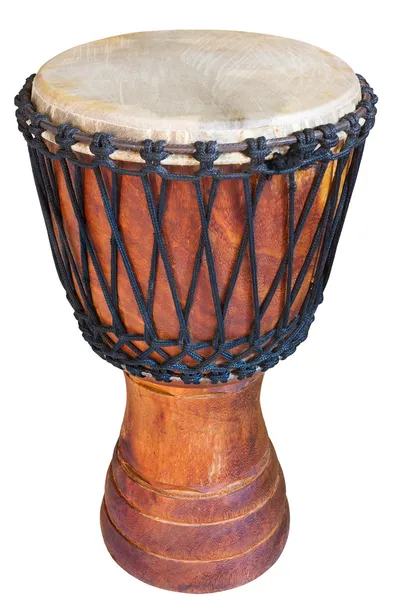The djembe, a type of West African drum, is perhaps one of the most globally-renown of all African musical instruments. The goblet-shaped drum, played with the hands, originates from Malinke people from the region associated with the Mali Empire (which encompasses present-day Mali, Guinea, Gambia, and Senegal). The djembe gained popularity worldwide after decolonization, when newly-independent West African nations began to include them as part of their national music ensembles. Members of these ensembles began also teaching djembe drumming abroad in Europe and the US, and these instruments are quite popular among worldwide audiences.

The djembe has 3 basic sounds: the bass (low), tone (middle), and slap (high). The bass sound is produced by hitting the middle of the drum. The tone is produced by hitting the drum with the edge of the palm and the fingers. The slap is produced by hitting the drum with the fingertips and edge of the palm. Experiment playing some different patterns with these sounds below (A on the keyboard plays the bass, S plays the tone, and D plays the slap):
Now, listen to this pattern, one of the drum patterns for the popular dance, Kuku. (Kuku was originally a dance played when women returned from fishing, and became integrated into Guinea's national ballet following independence from France in 1958). Try to replicate it:
Can you play this pattern with the other drums playing at the same time? Give it a go:
Hint: click outside the video after pressing play to be able to play along at the same time as the video.